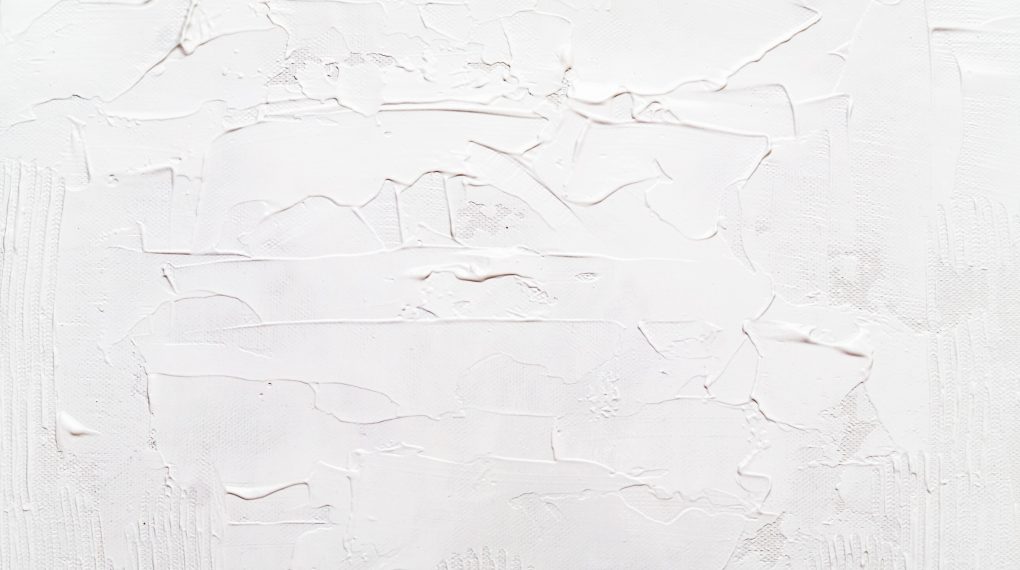Wondering how to sand before painting walls? You’re in the right place. In this comprehensive guide, we’ll walk you through each and every step, ensuring you get the smooth, flawless finish you’re aiming for.

Why Sanding is Crucial Before Painting
Sanding serves as a preparatory step that creates a smooth surface for the paint to adhere to. Skipping this step can lead to a bumpy and uneven finish, thereby affecting the final look of your painted walls.
Things You’ll Need
Sandpaper (various grits)
Step 1: Prepare the Room
Here’s how to prepare the room…
Remove All Furniture
Before you get down to the actual sanding, it’s crucial to prepare the room. Start by removing all furniture from the room to create a clear workspace. If the furniture is too bulky to remove, push it to the center of the room and cover it with a tarp.
Cover the Floors
Lay down a drop cloth or plastic sheeting to cover the entire floor area. Secure it in place with painter’s tape to ensure it doesn’t move while you’re sanding. This is essential for preventing dust and debris from accumulating on your flooring.
Ventilate the Room
Open all windows and doors to ensure adequate ventilation. If the room doesn’t have enough natural ventilation, consider setting up a fan to circulate the air. Proper ventilation is important, not only for your safety but also to disperse any lingering dust particles.
Step 2: Put On Safety Gear
Here’s what you’ll need…
Dust Mask
The importance of personal safety cannot be overstated. The first item you should put on is a dust mask. This will protect your respiratory system from dust and particulate matter. Make sure the mask fits snugly over your nose and mouth.
Safety Goggles
Next, put on safety goggles to shield your eyes from any flying particles. Ensure that they fit well and don’t fog up. If you wear prescription glasses, look for goggles designed to fit over them.
Optional Gear
While a dust mask and goggles are the essential safety items, you can also opt for ear protection if you are using an electric sander, which can be quite noisy. Additionally, you may want to wear gloves to protect your hands from splinters.
Step 3: Choose the Right Sandpaper
Here’s how to choose sandpaper…
Assess the Wall Condition
Begin by examining the condition of the walls. Are they fairly smooth or do they have noticeable imperfections, like bumps and ridges? This assessment will guide you in selecting the right sandpaper grit.
Choose Initial Grit
If your wall has many imperfections, it’s advisable to start with a coarse grit, like 80-grit sandpaper. Coarse grit will help you remove imperfections more quickly but always remember to sand gently to avoid damaging the wall.
Progress to Finer Grits
After you’ve removed the major imperfections with coarse sandpaper, switch to a finer grit such as 120 or 220. This will smooth out the smaller imperfections and prepare the wall for painting. Always remember to sand in even, circular motions for the best results.
Step 4: Sand the Walls
Here’s how to sand the walls…
Attach Sandpaper to Sanding Block or Pad
Your first task is to attach the chosen sandpaper to a sanding block or pad. A sanding block will give you better control and even pressure, which is essential for a smooth finish. Secure the sandpaper tightly so it won’t slip during the sanding process.
Technique Matters
Using a firm grip on the sanding block or pad, begin with even, circular motions. This technique helps to distribute the sanding pressure uniformly and prevents grooves or spots from forming.
Start at the Top
Always start from the top of the wall and gradually work your way down. This makes it easier to see and manage the areas you’ve sanded, and it allows the dust to settle below your working area.
Be Gentle Yet Thorough
Apply consistent but gentle pressure as you sand. Pressing too hard can gouge the wall and create an uneven surface. The key is to be thorough yet gentle to ensure the wall is uniformly smooth.
Step 5: Clean the Surface
Here’s how to clean the surface…
Remove Loose Dust
Once you’ve completed the sanding, take a soft brush to sweep off loose dust from the wall surface. This is the first stage of cleaning and prepares the wall for the final wipe-down.
Wipe Down the Walls
Take a damp cloth or sponge and gently wipe down the walls to remove any remaining dust and debris. You may need to rinse and wring out the cloth a few times during this process.
Allow to Dry
Before moving on to the painting stage, it’s crucial to allow the wall to dry thoroughly. Any lingering moisture could negatively impact the paint adhesion and finish.
Step 6: Proceed to Painting
Here are steps to take before painting…
Choose Your Primer
Now that your walls are smooth and clean, you’re set for painting. But before you delve into the color, it’s essential to apply a primer. Choose a primer that is suitable for the type of wall surface you have.
Apply the Primer
Using a paint roller or brush, evenly apply the primer to the wall. Make sure to cover all areas, paying special attention to corners and edges. Allow the primer to dry according to the manufacturer’s instructions.
Ready for Paint
Once the primer is dry, your wall is ready for the final paint. You can now proceed to add color to your wall, confident that you have a well-prepared, smooth surface that will result in a beautiful, long-lasting finish.
For more articles on sanding, click here: Sanding: Your Full-Circle Guide to Smooth Mastery
Conclusion: How to Sand Before Painting Walls
Understanding how to sand before painting walls is essential for achieving a flawless finish. With these step-by-step instructions, you’re well-equipped to tackle this part of your home improvement project.